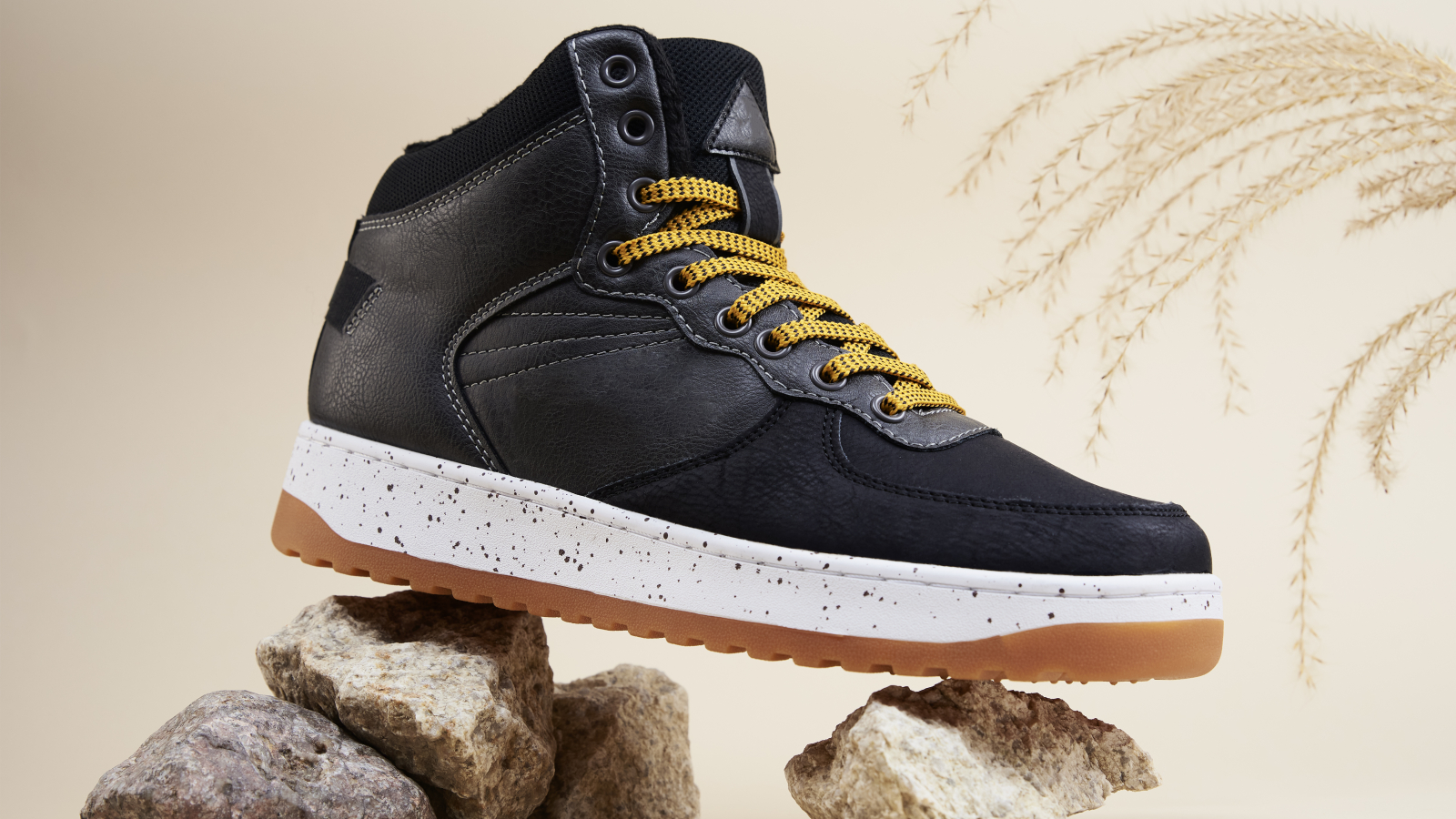The footwear industry has come a long way from its early beginnings where shoes were simply used for protection and comfort. Today, shoes have become an essential fashion statement that reflects one’s personality and style. With the rise of customization and personalization in the market, custom shoes have become increasingly popular. In this fast-paced era, where trends and styles are constantly evolving, it is important to keep up with the latest developments in custom shoes. So, let’s take a look at the future trends in custom shoes and how they will shape the footwear industry.
1. 3D Printing Technology
3D printing technology has revolutionized many industries, and the footwear industry is no exception. This technology allows for the creation of complex and intricate designs that were previously impossible to produce by hand. With the use of 3D printing, custom shoes can be made to fit the exact measurements and specifications of the wearer’s feet.
Advancements in 3D Printing Technology
- Customization: One of the biggest advantages of 3D printing technology is its ability to customize products according to individual needs. In the case of custom shoes, 3D printing allows for the creation of unique designs that cater to the specific foot shape and size of the wearer.
- Speed: With traditional methods of shoe production, it can take weeks or even months to create a custom pair of shoes. However, with 3D printing, this process can be significantly reduced, and shoes can be produced in a matter of hours.
- Sustainability: As 3D printing only uses the necessary amount of materials, it reduces waste and promotes sustainability in the manufacturing process.
Challenges Faced by 3D Printing Technology in Custom Shoes
- Cost: The high cost of 3D printers and materials is one of the main barriers to the widespread adoption of this technology in the footwear industry.
- Durability: Some 3D printed materials may not be as durable as traditional shoe materials, which can affect the longevity of custom shoes.
- Limited Materials: Currently, there are limited options for materials that can be used for 3D printing, which limits the design possibilities for custom shoes.
2. Augmented Reality and Virtual Reality
Augmented reality (AR) and virtual reality (VR) have been gaining popularity in the fashion industry, and their impact is now being felt in the world of custom shoes. These technologies offer customers a unique and interactive shopping experience by allowing them to visualize and try on custom shoes before making a purchase.
Benefits of AR and VR in Custom Shoes
- Personalization: With the use of AR and VR, customers can customize every aspect of their shoes, from color and design to fit and style.
- Convenience: Traditional methods of custom shoe production require multiple visits to the store for fittings and adjustments. However, with AR and VR, customers can do all of this from the comfort of their own homes.
- Time-saving: As customers can try on virtual versions of the shoes, the production process can be streamlined, reducing the overall time it takes to produce custom shoes.
Concerns Regarding AR and VR in Custom Shoes
- Accuracy: The accuracy of virtual fitting may not always match the actual fit of the shoe, leading to dissatisfaction among customers.
- High Cost: Implementing AR and VR technology can be expensive, and this cost may be passed on to customers, making custom shoes more inaccessible for some.
- Lack of Personal Touch: While AR and VR provide convenience and flexibility, they lack the personal touch and interaction between customers and designers.
3. Sustainable Materials
Sustainability has become a major concern in the fashion industry, and the same goes for custom shoes. Customers are becoming more conscious of the environmental impact of their purchases, and they are demanding that brands use sustainable materials in their products.
Eco-Friendly Materials for Custom Shoes
- Recycled Materials: Brands are now using recycled materials such as plastic bottles, discarded rubber, and even old shoes in the production of custom shoes.
- Plant-Based Materials: Plant-based materials such as pineapple leaves, mushroom leather, and apple skins have made their way into the footwear industry, providing sustainable alternatives to traditional materials.
- Biodegradable Materials: Biodegradable materials like corn, hemp, and bamboo have also been used in the production of custom shoes, reducing the environmental impact of shoe manufacturing.
Challenges in Using Sustainable Materials for Custom Shoes
- Limited Options: Currently, there is a limited range of sustainable materials available for shoe production, which can limit the design possibilities for custom shoes.
- Cost: As these materials are still relatively new, they may come at a higher cost compared to traditional materials, making them less accessible for customers.
- Durability: Some sustainable materials may not be as durable as traditional materials, affecting the longevity and quality of custom shoes.
4. Artisanal Craftsmanship
In a world where mass production and commercialization dominate the market, there is a growing preference for unique and handmade products. This trend is evident in the rising popularity of artisanal craftsmanship in the production of custom shoes.
The Appeal of Artisanal Craftsmanship in Custom Shoes
- Quality: Artisanal craftsmanship is synonymous with high-quality products. Each pair of custom shoes is carefully crafted with attention to detail, ensuring durability and longevity.
- Uniqueness: With artisanal craftsmanship, no two pairs of shoes are exactly the same, making each pair truly one-of-a-kind.
- Supporting Small Businesses: By opting for custom shoes made by artisans, customers are supporting small businesses and promoting ethical and sustainable practices.
Limitations of Artisanal Craftsmanship in Custom Shoes
- Time-consuming: Due to the handmade nature of artisanal craftsmanship, producing a pair of custom shoes can take weeks or even months, which may not be feasible for customers who want their shoes quickly.
- Limited Production Capacity: As custom shoes are made by hand, there is a limit to the number of shoes that can be produced at a given time, which can make it difficult for brands to scale up their production.
- Higher Cost: The intricate and detailed work involved in artisanal craftsmanship can drive up the cost of custom shoes, making them more expensive compared to mass-produced shoes.
5. Integration of Technology and Fashion
Fashion and technology have been merging in recent years, and this trend is set to continue in the future. With the popularity of wearables and smart devices, technology has become an integral part of our daily lives, and this has had an impact on the design and functionality of footwear.
Technological Features in Custom Shoes
- Wearables: Some custom shoes now come equipped with wearable technology such as fitness tracking, GPS navigation, and self-lacing systems.
- Smart Materials: Technological advancements have led to the creation of smart materials that can adapt to different environments and conditions, making them ideal for use in custom shoes.
- Connectivity: With the integration of smartphone apps, customers can now connect to their custom shoes and control features like lighting and temperature regulation.
Challenges in Integrating Technology in Custom Shoes
- Reliability: As technology is constantly evolving, there may be concerns regarding the reliability and durability of these features in custom shoes.
- Accessibility: Wearable technology and smart materials can add significant costs to the production of custom shoes, making them less accessible for some customers.
- Maintenance: With added technological features, maintenance and repairs may become more complicated, leading to additional costs for customers.
6. Emphasis on Comfort and Functionality
While fashion and style are important factors in the design of shoes, comfort and functionality should not be overlooked. As customers become more health-conscious, there is a growing demand for custom shoes that not only look good but also feel good and promote foot health.
Features Promoting Comfort and Functionality in Custom Shoes
- Arch Support: Custom shoes can now be designed to cater to the specific arch height and shape of an individual’s feet, promoting proper alignment and reducing the risk of foot injuries.
- Cushioning: Advances in technology have led to the development of shock-absorbing and cushioning materials that can be used in the production of custom shoes, providing added comfort and support.
- Breathability: With the use of breathable materials, custom shoes can help prevent foot odor, fungus, and other foot-related issues.
Limitations of Emphasizing Comfort and Functionality in Custom Shoes
- Design Compromises: In some cases, placing too much emphasis on comfort and functionality may result in sacrificing aesthetics and style, leading to limited design possibilities for custom shoes.
- Higher Cost: Implementing features such as arch support and cushioning can drive up the cost of custom shoes, making them more expensive compared to mass-produced shoes.
- Personal Preferences: While some customers may prioritize comfort and functionality, others may prioritize fashion and style, making it difficult for brands to cater to all preferences.
Conclusion
The future of custom shoes looks promising, with advancements in technology, sustainability, and craftsmanship shaping the industry. Customers are becoming more conscious of their purchases and are demanding more personalized and sustainable options. The integration of technology and fashion has opened up new design possibilities, while artisanal craftsmanship continues to provide a unique and high-quality approach to shoe production. It is clear that the evolution of custom shoes is being driven by the ever-changing needs and preferences of customers, and it will be exciting to see how these trends continue to unfold in the future.

 Cart is empty
Cart is empty 
Add a Comment